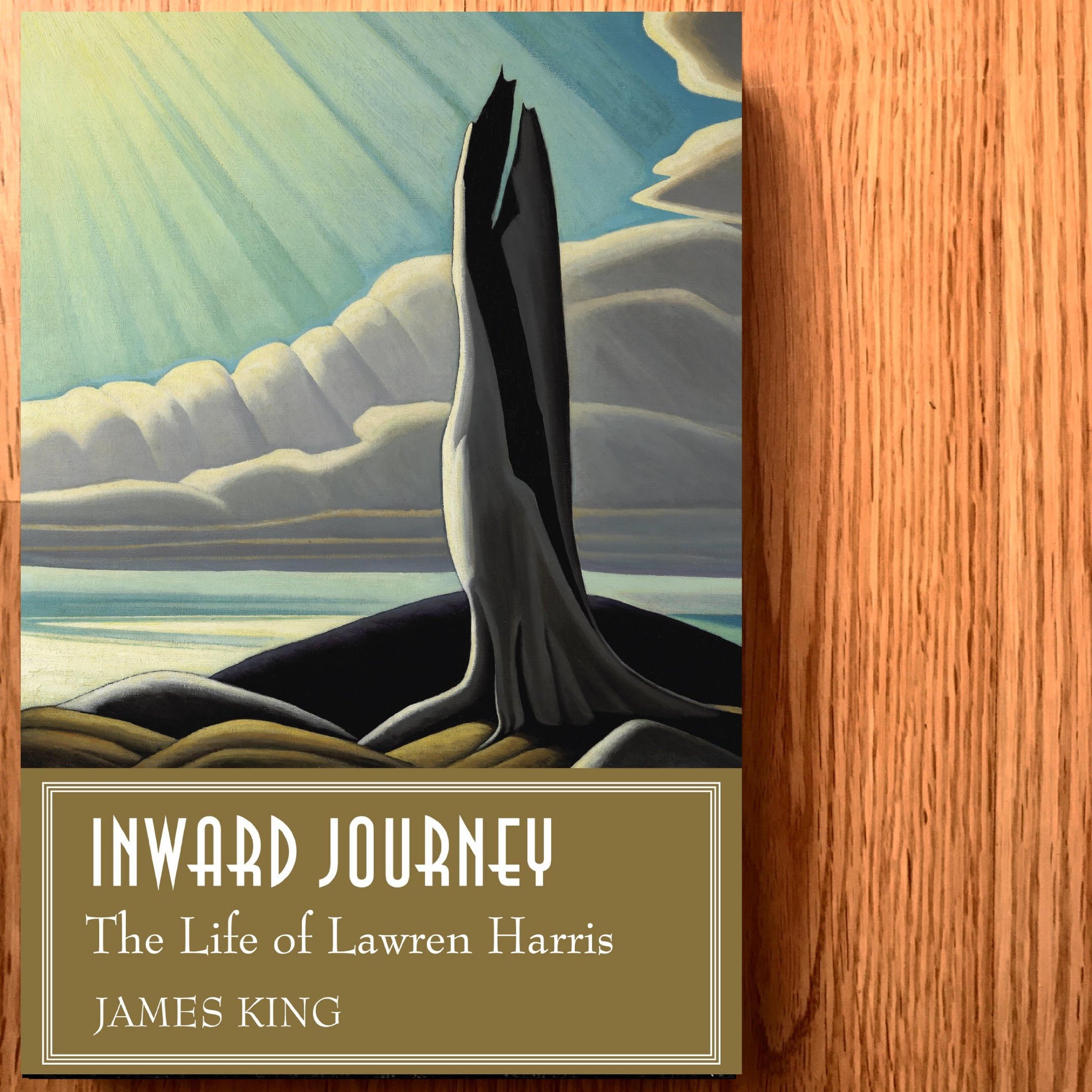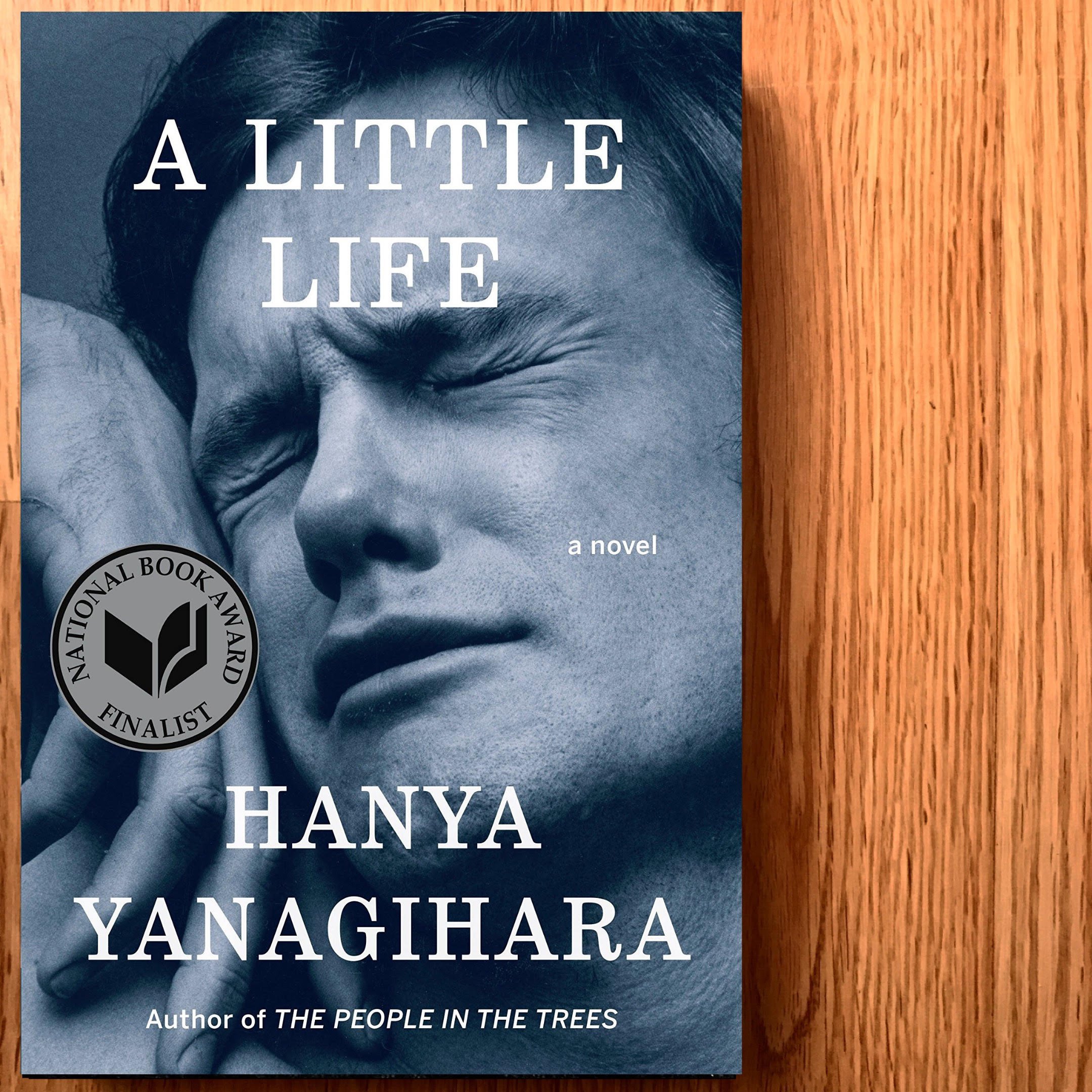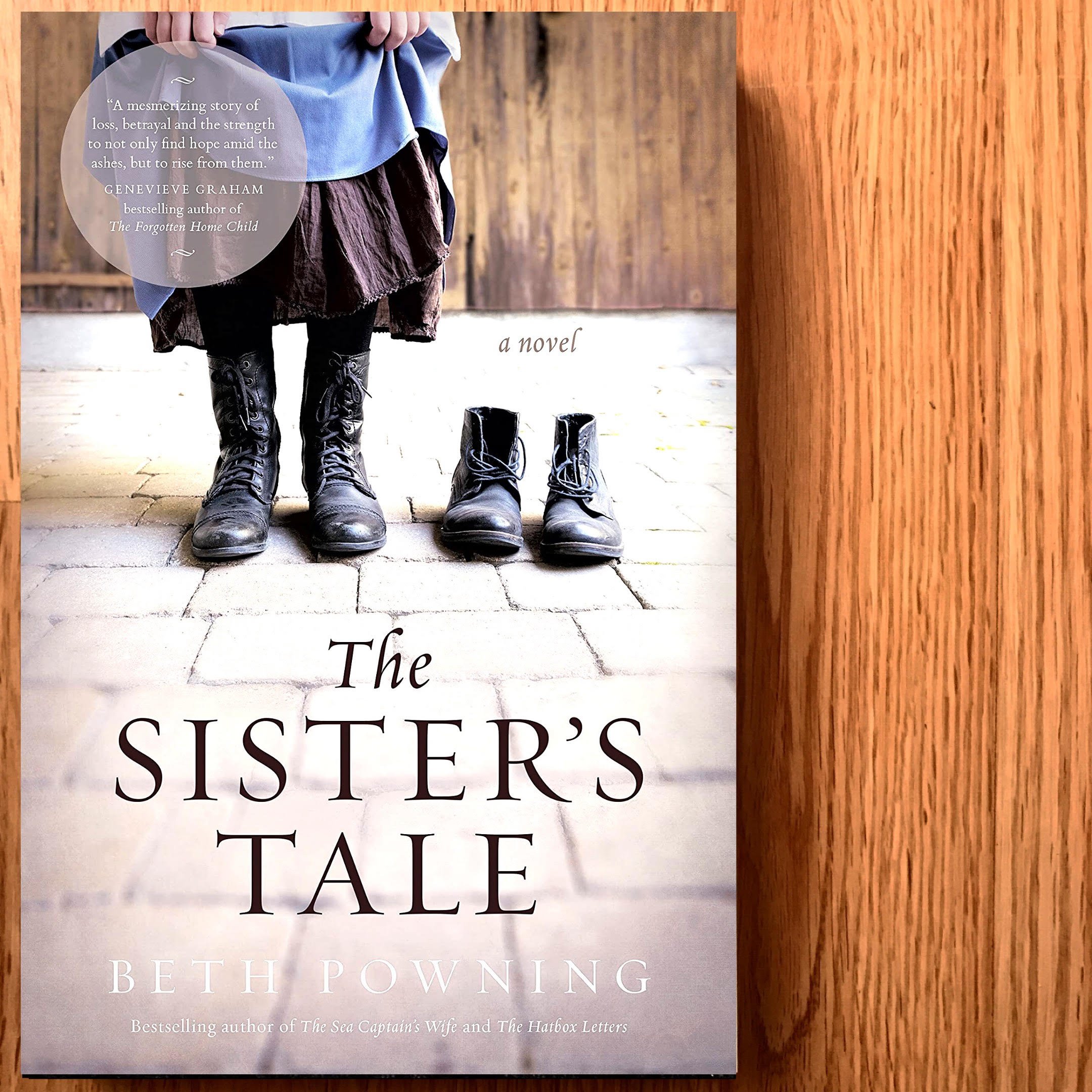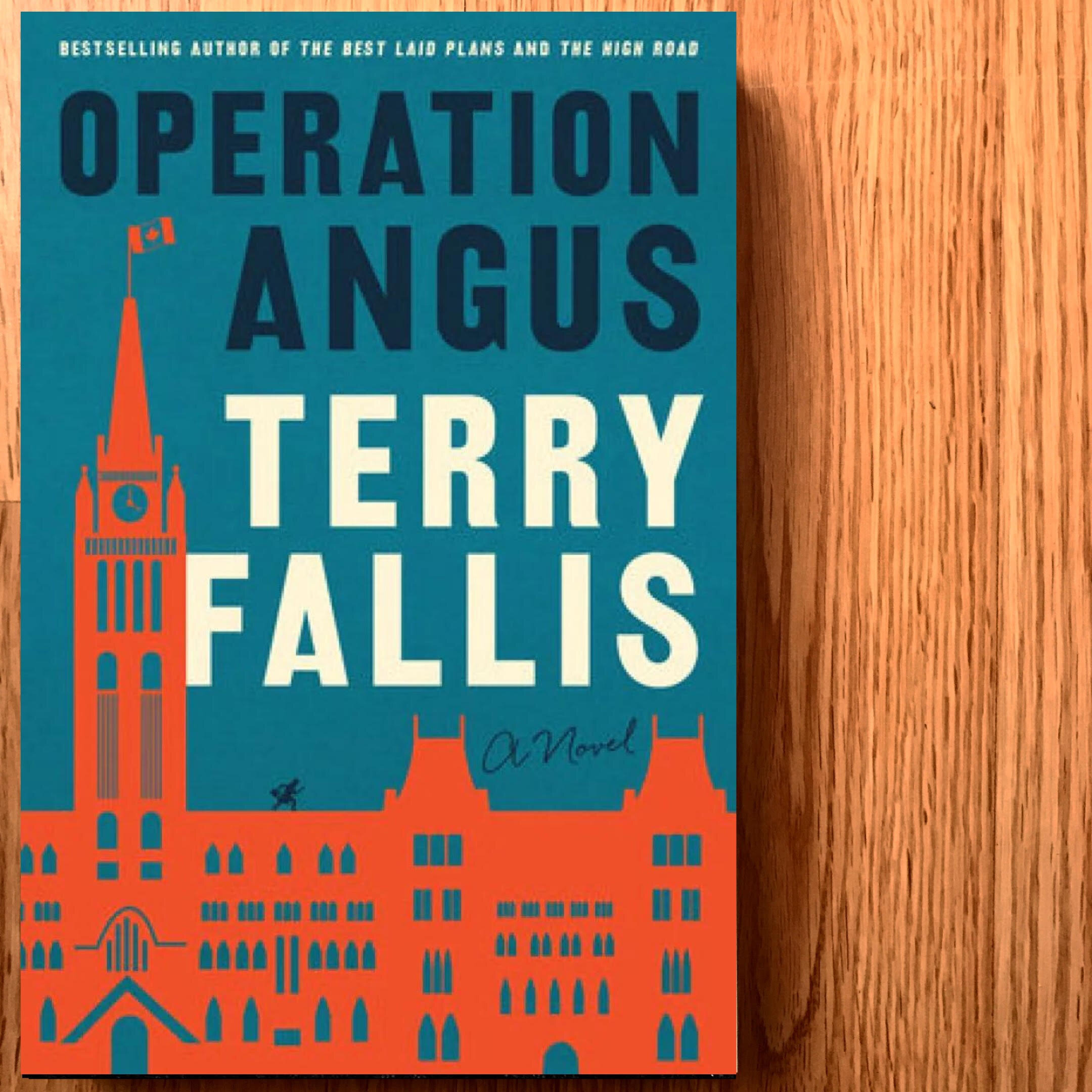By Larissa Page
Anyone who is familiar with long running Canadian television show This Hour has 22 Minutes will recognize their roving reporter and cast member Mark Critch. Critch is a Newfoundland born and raised comedian who got his big break in the early 2000s on the iconic satirical news show. In Son of a Critch he recounts being raised in St. John’s, Newfoundland (though on the outskirts of the city itself), going to the local Catholic school, the antics of being raised by older parents, and so on. Son of a Critch is a comedic memoir of a comedic life.
If you’re interested in reading Son of a Critch, which I highly recommend, I advise giving it a try as an audiobook. Narrated by Critch himself, it is perfection. I always love it when a memoir or book is read by its author, it adds something to the experience for me—but in this case I feel it was vital. I felt like I wasn’t listening to an audiobook, but instead to hours and hours of personal stand-up comedy.
In this memoir, recounting Critch’s childhood, we are given a ton of small stories and insider looks at what life was like for a Catholic, almost-small-town kid. Being an east coaster from a large Catholic family, I found myself laughing hard at some of the stories because they were relatable to me. But I truly believe the stories would be hilarious to anyone, shared upbringing or not.
In particular, I loved Critch’s impressions (something that came through so well in audio) of his parents. He does voice impressions, but in print I know that the expressions themselves would be fantastic. His father’s repeated “Good God” and “Who is calling at this ungodly hour…it was 7:30,” are long running jokes that tie many of his stories together.
All in all, Son of a Critch is everything I want a celebrity memoir to be when I pick it up. It isn’t too shallow, giving us a real look into his life, and it is funny without being ridiculous. He draws from his own real experiences and his audio delivery is absolutely top notch. Of all the celebrity memoirs I’ve read, this is my favourite and the one I’m most likely to recommend.





















